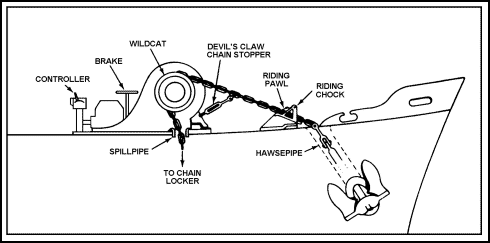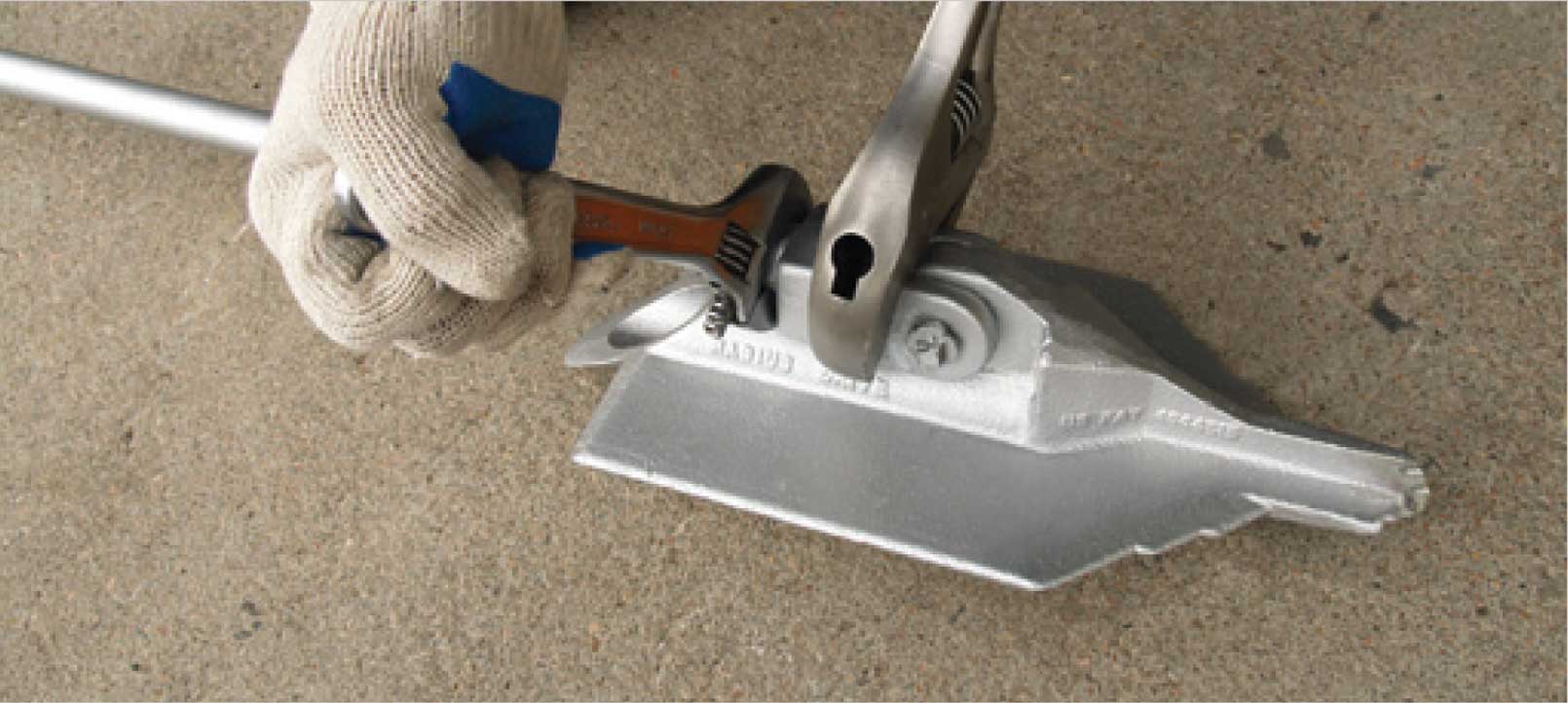Reliable Support Systems Designed for Maximum Toughness
The design of effective support systems is essential in ensuring optimal strength and reliability across numerous applications, particularly in civil and aquatic engineering. As we explore the different kinds of support systems and the products that underpin their performance, it ends up being noticeable that the future of anchoring technology may hold also greater advancements.
Significance of Support Solutions
Anchor systems play a vital function in different applications, from marine construction to offshore exploration and also in the security of structures on land. In aquatic environments, anchors are essential for mooring vessels, preventing drift due to wind, currents, or waves.
Along with marine applications, support systems are essential in civil design, particularly in the construction of preserving wall surfaces, bridges, and structures in geologically difficult areas. These systems assist disperse tons efficiently, counteracting forces such as soil pressure and seismic task. The relevance of anchor systems expands to the eco-friendly energy industry, where they safeguard wind turbines and overseas systems, adding to the security and efficiency of power generation.
Inevitably, the performance of an anchor system is basic to the safety and security, longevity, and performance of various frameworks, making their design and application a crucial part in engineering and construction techniques across several sectors.
Cutting-edge Materials in Anchor Design

Modern innovations in products science have actually considerably transformed support design, improving performance and durability. The consolidation of high-strength alloys and composite materials has led to supports that can withstand severe environmental problems while preserving architectural stability. These innovative products not only provide superior tensile toughness but additionally reduce weight, boosting ease of installment and handling.
One significant growth is the use of carbon fiber reinforced polymers (CFRP), which supply superb deterioration resistance and high strength-to-weight ratios. This permits the design of supports that are both extremely durable and light-weight, making them suitable for marine applications where direct exposure to saltwater can result in product degradation.
Furthermore, advancements in finishes-- such as sophisticated epoxy and galvanization-- more protect metal supports from rust, prolonging their service life. These finishes can be tailored to fulfill particular ecological obstacles, making certain that supports execute dependably also in harsh conditions.
Moreover, the combination of wise products, which can adjust to transforming tons and ecological aspects, is leading the method for future support designs. These developments underscore a fad towards higher effectiveness and dependability in anchoring remedies, inevitably boosting safety and security across different applications.
Kinds of Effective Anchor Solutions
Efficient securing remedies are essential for ensuring security and security in various applications, from construction to marine procedures. Numerous sorts of effective anchor systems attract attention for their effectiveness and adaptability to various atmospheres.
One popular type is the screw anchor, which makes use of a helical design to offer premium holding power in soil and soft ground. These anchors are particularly beneficial in temporary structures and can be quickly removed and recycled.
One more utilized system is the driven stack anchor, usually used in aquatic and heavy building and construction jobs. These anchors are driven deep right into the ground, giving excellent resistance to side forces, making them excellent for sustaining big structures.
For aquatic applications, the mooring buoy anchor system is important. This system includes resilient devices linked to anchors on the seabed, allowing vessels to here continue to be stable while you could check here lessening drag from currents and winds.
Finally, the deadweight anchor system counts on heavy weights to supply stability and is commonly utilized in overseas installations. Each sort of support system is developed to satisfy details needs, ensuring the security and stability of frameworks and vessels in numerous problems.
Safety Requirements and Rules
Making certain the safety and security and dependability of securing systems entails adherence to rigid security requirements and policies. These criteria are established by different organizations, consisting of the American Culture for Screening and Materials (ASTM), the International Organization for Standardization (ISO), and neighborhood building ordinance. Compliance with these regulations is critical to assure that anchoring systems can stand up to environmental stresses and lots, decreasing the risk of failing.
Checking and accreditation processes are essential parts of security standards. Securing systems must go through rigorous evaluations, consisting of tensile stamina tests, fatigue examinations, and environmental influence assessments. These examinations aid figure out the systems' performance under real-world problems, ensuring they satisfy or go beyond the needed safety and security thresholds.
Moreover, manufacturers are needed to provide in-depth requirements and directions for installation and maintenance, which are indispensable to supporting safety and security criteria. Regular evaluation and upkeep protocols must likewise be developed to identify potential weak points gradually.
Future Fads in Anchor Modern Technology
The future of support innovation is poised for significant developments, driven by the raising need for improved safety and security and efficiency in building and construction and engineering applications. Technologies are click for info anticipated in materials, style, and setup strategies, which will certainly improve the stamina and durability of anchor systems.
One emerging trend is the assimilation of clever technology into anchor systems. Earth Anchor. By integrating sensing units, these systems can monitor stress, load, and ecological conditions in real-time, permitting proactive maintenance and increased dependability. Additionally, advancements in composite products might cause lighter, yet stronger anchors that can endure extreme problems, decreasing the total weight of frameworks


Moreover, modular support systems are gaining grip, permitting less complicated installation and adaptability to different project requirements. Earth Anchor. As the sector welcomes automation, robot installment techniques might additionally enhance the anchoring process, improving performance and precision
Conclusion
In conclusion, reliable anchor systems play an essential duty in making sure the stability and security of civil and aquatic design projects. Adherence to safety and security standards and laws even more highlights the value of reliability in anchor systems.
The layout of efficient support systems is critical in making sure optimal strength and dependability throughout various applications, particularly in marine and civil design. As we explore the different types of support systems and the materials that underpin their effectiveness, it comes to be apparent that the future of anchoring innovation might hold also greater improvements.Making sure the safety and security and reliability of anchoring systems includes adherence to rigid safety criteria and regulations.In conclusion, effective anchor systems play a crucial duty in ensuring the stability and safety of marine and civil engineering jobs. Adherence to security criteria and laws better emphasizes the significance of integrity in support systems.